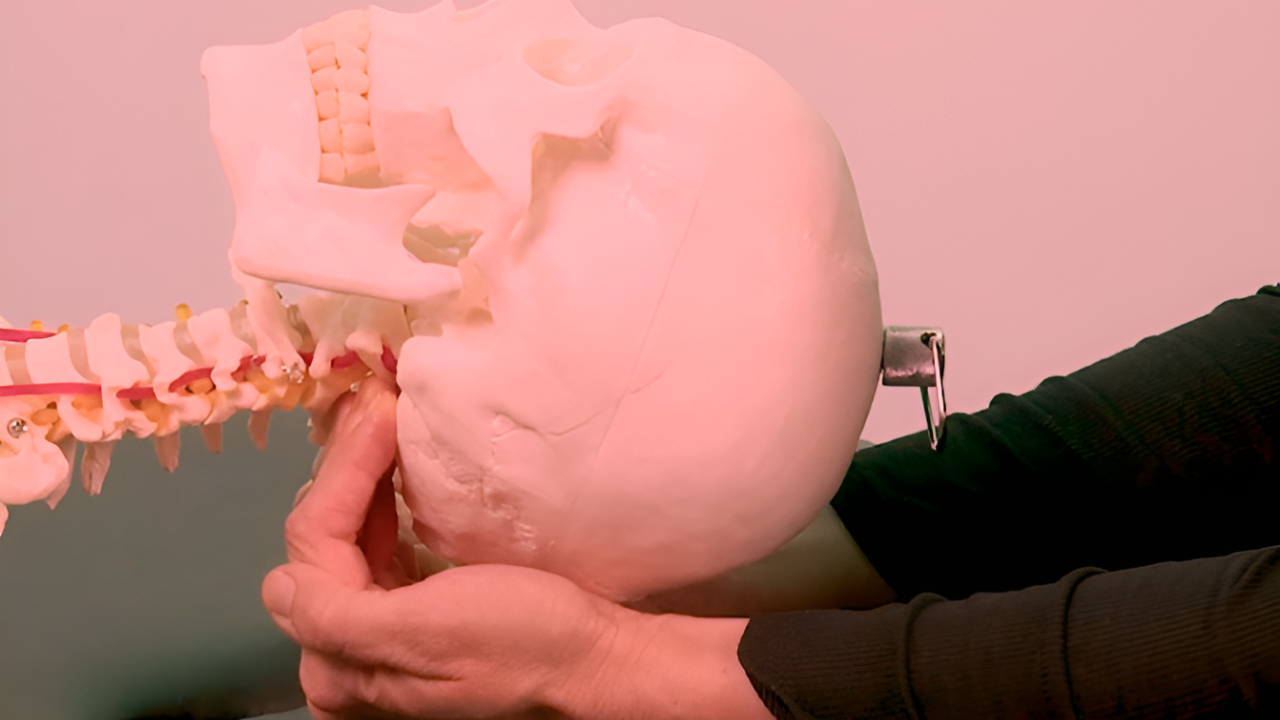Trigger Point Therapy - Peroneal Tendinitis
Stuart Hinds - Treating ankle pain and stiffness
Left untreated, ankle pain and stiffness can become the cause of more serious pain disorders of the hip and knee
It's pretty common for all runners (not just athletes) to develop trigger points in the muscles of the leg and foot.
Trigger points in the ankles not only refer pain, but by making their host muscles shorter and less efficient, they may often become the route cause of common knee, hip and pelvic injuries.
When treating clients (especially those who run on hard surfaces), it's important to check for even the smallest signs of ankle pain and/or stiffness.
Don't overlook the small superficial muscles of the foot and ankle.

Peroneal Tendinitis
The tendons of peroneus longus and peroneus brevis run from the peroneal muscles in the lateral calf to the foot.
The peroneal muscles are involved in stabilizing the foot and providing support to the ankle to prevent lateral rolling of the joint. Peroneal tendinitis is most commonly a result of overuse of the peroneal muscles or of inversion sprains which stretch the peroneal tendons.
It can be caused by excessive pronation of the foot as the peroneal muscles have to work harder to stabilize the foot when it is pronated.
Running and jumping involve repeated contraction of the peroneal muscles and can lead to inflammation of their tendons.
Runners who often run on uneven surfaces or have excessive pronation often develop peroneal tendinitis.

Cause of injury
Over-pronation of the foot during running or jumping. Prior ankle injury leading to an incorrect path of travel for the tendons.
Signs and symptoms
Pain and tenderness along the tendons. Pain is most severe at the beginning of the activity and diminishes as the activity continues. Gradual increase in pain over time.
Complications if left unattended
Unattended tendinitis can lead to a complete rupture of the tendons. Peroneal tendinitis can lead to subluxations.
The chronic inflammation can also lead to damage to the ligaments surrounding the tendons.
Over time the body will trigger holding patterns as a response to the injury.
These holding patterns may manifest in active trigger points in the muscles of the hip and leg, and may in turn lead to further seemingly unconnected complications of the hip and knee.
Immediate treatment
Rest, especially from running or jumping activities. Ice. Anti-inflammatory medication.
Rehabilitation and prevention
Stretching of the calf muscles and a gradual reintroduction into activity is important for rehabilitation.
During the recovery period it is important to identify and correct any foot or gait abnormalities that may be contributing to the problem.
Prevention of this condition requires strong, flexible muscles of the lower leg to support the foot and ankle.
Long-term prognosis
With proper treatment, peroneal tendinitis will usually heal completely with no lingering effects.
In rare cases the tendinitis may not respond to traditional treatment and may require surgical intervention to relieve the pressure causing the inflammation. Orthotics to support the medial arch may be required in some cases.
Trigger Points
Trigger points in the peroneal muscles tend to refer pain down the leg over, above, and behind the lateral malleolus (the bony prominence on each side of the ankle).
Pain can also be felt over the anterolateral aspect of the ankle and the outside of the calcaneus (heel bone).
Clients with these trigger points often complain of numbness or pins and needles in the toes, especially the third, fourth, and great toes.
Whilst trigger points in the peroneal muscles may be a causative factor in peroneal tendinitis, it is important also to identify and treat trigger points in all the muscles of the leg and foot.
Stuart Hinds is a Team NAT lecturer and has been a soft tissue therapist for the Australian Olympic Team since Sydney 2000.
Tess Kirsopp-Cole is Australia's current U18 National 400 meter Champion
More articles about Ankle Injuries
Find a Trigger Point Professional in your area
Dry Needling for Trigger Points
Certify as a Trigger Point Therapist
Recommended Trigger Point Therapy Courses:
This trigger point therapy blog is intended to be used for information purposes only and is not intended to be used for medical diagnosis or treatment or to substitute for a medical diagnosis and/or treatment rendered or prescribed by a physician or competent healthcare professional. This information is designed as educational material, but should not be taken as a recommendation for treatment of any particular person or patient. Always consult your physician if you think you need treatment or if you feel unwell.

Learn More for Less

Unlimited access to all courses for just $19.95/mo











